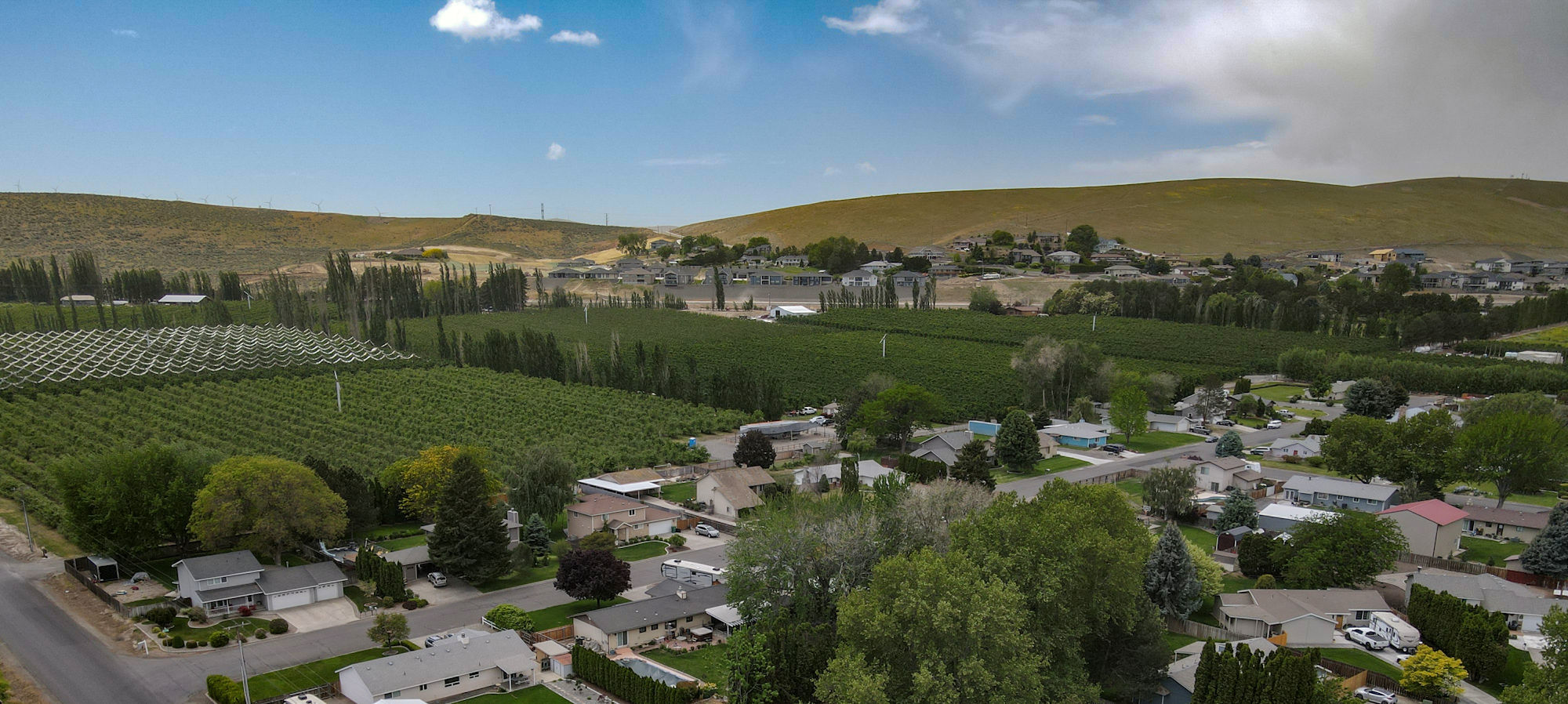 701 W 48th Ave, Kennewick, WA 99337 Home For Sale | $325,000 | MLS #253692
701 W 48th Ave, Kennewick, WA 99337 Home For Sale | $325,000 | MLS #253692
1,535 Sq Ft, 3 bedrooms, 2 baths, single-level southeast Kennewick home on a large lot. Plenty of room for RVs or boats, and/or plenty of off-street parking. This cute rambler is located in a quiet neighborhood. Loads of updates; newer light fixtures, newer flooring, neutral interior paint colors, vinyl windows, newer roof, new HVAC system, new water softener, new garbage disposal, and new exterior paint. The kitchen's cabinets are attractively painted. Home also a formal living/dining plus cozy family room with corner fireplace. Vaulted ceilings give this home a spacious feeling. Plus, don't miss out on the storage in the garage! Front and rear covered patios are perfect to enjoy the attractive front yard with mature trees and the large rear fenced yard with room for dogs, kids, pool, and garden area. Won’t last long…move-in ready! For more information call or text Colleen Lane @ 509.438.9344 | THIS HOME IS NOW SOLD!
Tours Best Viewed Full Screen:
Exclusively for Zillow:
Photos Best Viewed in Slideshow Here:
The Neighborhood:
Floorplan from
Benton County Accessor's Website:

About Kennewick Washington
Kennewick (/ˈkɛnəwɪk/) is a city in Benton County in the U.S. state of Washington. It is located along the southwest bank of the Columbia River, just southeast of the confluence of the Columbia and Yakima rivers and across from the confluence of the Columbia and Snake rivers. It is the most populous of the three cities collectively referred to as the Tri-Cities (the others being Pasco and Richland). The population was 73,917 at the 2010 census. The Census Bureau estimates the city's population at 84,347 as of July 1, 2019.
The discovery of Kennewick Man along the banks of the Columbia River provides evidence of Native Americans' settlement of the area for at least 9,000 years. American settlers began moving into the region in the late 19th century as transportation infrastructure was built to connect Kennewick to other settlements along the Columbia River. The construction of the Hanford Site at Richland accelerated the city's growth in the 1940s as workers from around the country came to participate in the Manhattan Project. While Hanford and Pacific Northwest National Laboratory continue to be major sources of employment, the city's economy has diversified over time and now hosts offices for Amazon and Lamb Weston.
History | Native peoples
Native Americans populated the area around modern-day Kennewick for millennia before being discovered and settled by European descendants. These inhabitants consisted of people from the Umatilla, Wanapum, Nez Perce, and Yakama tribes. Kennewick's low elevation helped to moderate winter temperatures. On top of this, the riverside location made salmon and other river fish easily accessible. By the 19th century, people lived in and between two major camps in the area. These were located near present-day Sacajawea State Park in Pasco and Columbia Point in Richland. Lewis and Clark noted that there were many people living in the area when they passed through in 1805 and 1806. The map produced following their journey marks two significant villages in the area - Wollawollah and Selloatpallah. These had approximate populations of 2,600 and 3,000 respectively.
There are conflicting stories on how Kennewick gained its name, but these narratives attribute it to the Native Americans living in the area. Some reports claim that the name comes from a native word meaning "grassy place". It has also been called "winter paradise," mostly because of the mild winters in the area. In the past, Kennewick has also been known by other names. The area was known as Tehe from 1886 to 1891, and this name appears on early letters sent to the area with the city listed as Tehe, Washington. Other reports claim that the city's name is derived from how locals pronounced the name Chenoythe, who was a member of the Hudson's Bay Company. -Wikipedia
Posted by Colleen Lane on


Leave A Comment